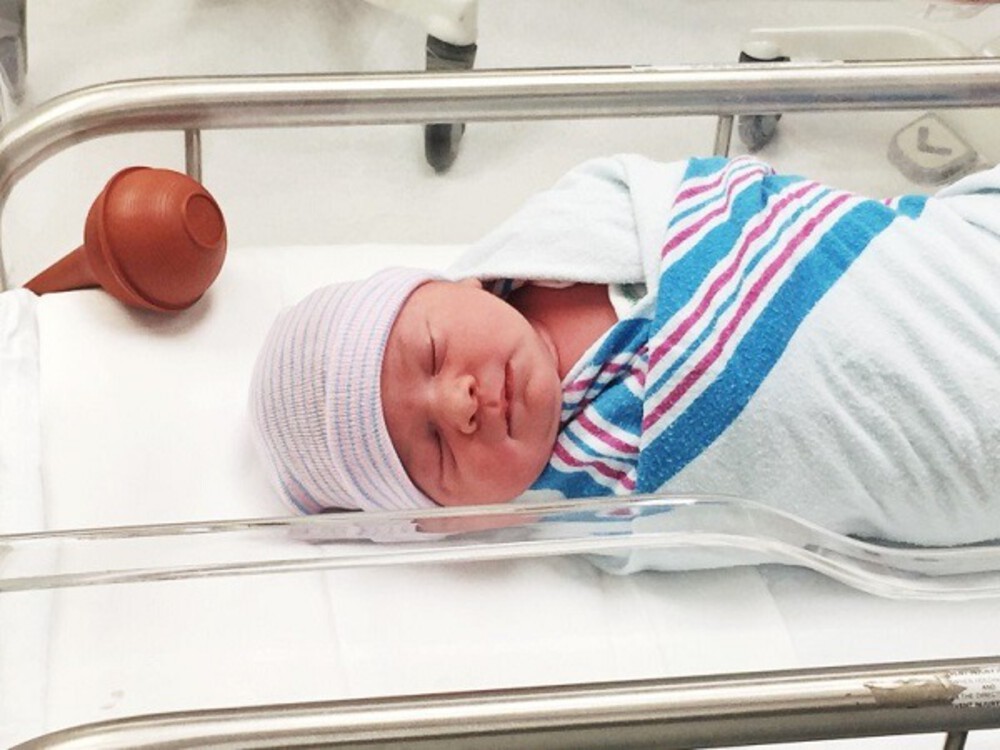
The moment you’ve been waiting for – for nine months (or perhaps much longer) – is finally here: it’s time to meet baby! First, of course, comes labor if you’re planning a vaginal delivery. And while it may seem like one long, well, laborious process culminating with the birth, the process is actually divided into three distinct parts.
These are three things to know about the stages of labor before delivery day.
Stage 1: Be prepared to play the waiting game
The movies may lead you to believe that labor will kick off with a dramatic pop – the breaking of the amniotic sack that surrounds and protects the baby throughout the pregnancy – followed by the immediate throes of labor. And while some women do experience a quick Hollywood-style labor and delivery, most find that the start of labor is actually a little underwhelming.
Stage 1 includes a latent and active phase, the first of which can last for hours or even days. You may notice a few common signs that labor has started, including increased contractions, changes to your cervix and loss of mucus plug. As the baby becomes engaged in the pelvis in the days and weeks leading up to delivery, it starts the process of effacement – when the cervix softens, shortens and gets thinner – and dilation, or the opening of the cervix. Some compare the uterus to blowing up a balloon: the cervix is the neck, and the neck draws up from the pressure. That opening is what draws open and wider for the baby to pass through.
Effacement is measured in percentages. For example, 50% effaced means the cervix is halfway complete; 100% or completely effaced means the cervix is paper-thin and labor is imminent. Interestingly, first-time moms usually experience effacement before dilation, while women who have previously given birth will usually have dilation in pregnancy before effacement.
Once the cervix is dilated to about 3-4 centimeters, active labor has begun; during this stage, dilation typically ranges from about 0.5 to 0.7 centimeters per hour. A cervix dilation chart describes what this process looks like – this chart uses food as a visual. For example, one centimeter is a blueberry, four centimeters is a lime slice, and the full ten centimeters is a bagel. The cervix must be 100 percent effaced and 10 centimeters dilated before a vaginal birth.
Stage 2: Pace yourself
While this could apply to any stage of labor, it’s especially important to pace yourself during stage 2 – pushing. Your nurse or midwife will help direct you during this time; he or she will give you the go-ahead to start so long as the baby has moved down in the birth canal. Contractions are typically less than three minutes apart, and generally last about 60 to 90 seconds.
While some women push only a handful of times before the baby is born, stage two can last as long as several hours. In order to conserve the energy you have left and that you’ll need for delivery, it’s important to use the time between contractions to rest.
Have a plan in advance with your birth coach to help keep you “in the zone,” whether it’s soothing music, massage, chanting, or simply closing your eyes and breathing. All of the hard work will eventually pay off – baby is here!
Stage 3: You’re not done quite yet!
Believe it or not, labor doesn’t end with the birth of the baby. The third stage is the delivery of the placenta, the organ that grows throughout the pregnancy to nourish the baby through the umbilical cord. This usually happens anywhere from five minutes to a half hour after the birth; the uterus will continue to contract in order to expel it. Breastfeeding can help increase uterine contractions to deliver it more quickly, and sometimes Pitocin is administered to help the uterus shrink and minimize bleeding. You’ll likely feel a continued urge to push, but many women find that they are so absorbed in the excitement over the new baby – or so exhausted! – they don’t even notice the placenta being delivered.
While labor may be over, it is very physically demanding on the body and requires proper recovery time. Learn all about what to expect postpartum, as well as more information on how ConceiveAbilities can support you from the very beginning.